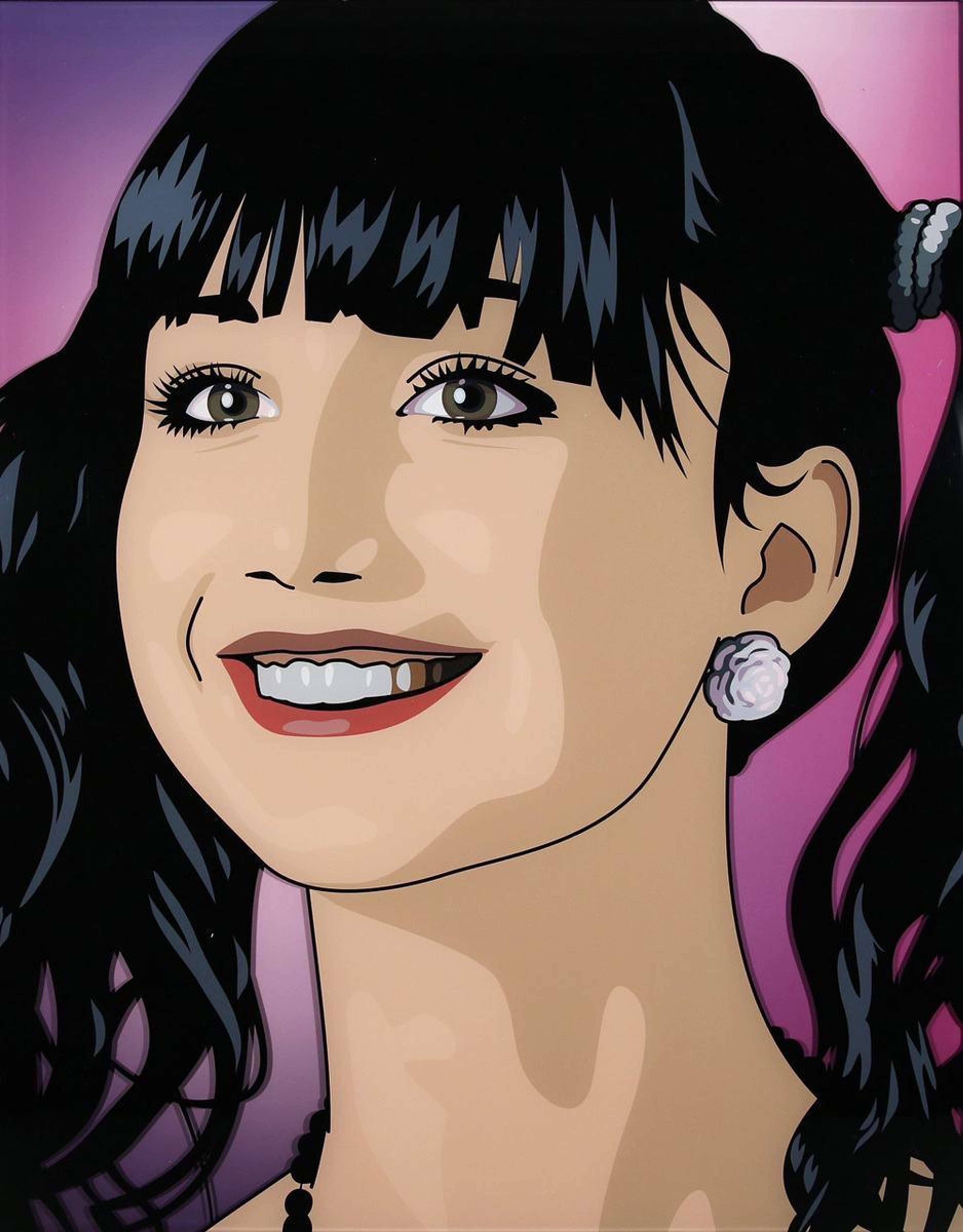
Elena And Cressie Get Ready For The Party 6

Elena And Cressie Get Ready For The Party 6
Signed Print
Julian Opie
Price data unavailable
There aren't enough data points on this work for a comprehensive result. Please speak to a specialist by making an enquiry.
78 x 62cm, Edition of 30, Screenprint
Auction Results

Track auction value trend
Meaning & Analysis
Elena And Cressie Get Ready For The Party 6 is a print from Julian Opie’s Elena And Cressie Get Ready For The Party series from 2011 and shows a close-up portrait of a young girl smiling. This portrait is an example of Opie’s late graphic style where details such a tonal contour on the sitter’s face, teeth and eyelashes are included, rendered through his classic technique of drawing over photographs on the computer to reduce and abstract the original.
Speaking of his development in style Opie has said, "The first drawings were very simple, but that gave me a language on which to build. They started as black and white, with very pared-down parameters – the mouth was just a straight line and so on – and bit by bit I adjusted it until it seemed like the right balance between someone real and this generic form."
Elena And Cressie Get Ready For The Party 6, with its use of colour and inclusion of finer details, is representative of the way in which Opie toes the line between reality and representation. The sitter is startling in her uncanny appearance and is presented like an image one might find in a comic book or animation programme. Opie’s depersonalised touch further emphasises this paradox between familiarity and the unknown, the sitter’s eyes shining but filled with emptiness, looking off into nothing.